– By Tom Schaffner
The Cutler mail chute was not invented or manufactured in Chicago. But because it made Chicago skyscrapers more efficient and economical — and because Chicago is considered the “home” of the modern skyscraper — the Cutler mail chute, by extension, was a significant contributor to the growth of Chicago, particularly in the city’s formative years after the fire (1871).
How it worked
In 1883, James G. Cutler received a patent for his letter collection system that was designed to be used exclusively in multi-story office buildings, hotels, apartment buildings and other high rise structures. In 1884 the very first mail chute and letterbox system was installed in the Elwood Building in Rochester, N.Y. Instead of traversing all the way to the building’s lobby in order to mail a letter, building occupants simply dropped mail into a glass-enclosed chute and gravity would take over. The mail would “swoosh” its way down to a box in the lobby where it was collected by postal service employees.
Why was this important? Consider an early Chicago skyscraper, the historic Monadnock Building. When it was completed in 1893, the 16-story Monadnock was the largest office building in the world, the tallest load-bearing brick building ever constructed and was one of the first buildings in the City to be wired for electricity. It featured 1,200 rooms and had an occupancy of over 6,000.
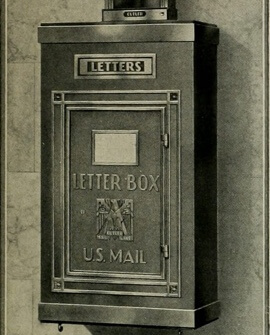
Because of its sheer size, the Monadnock Building was a postal district unto itself. It employed four full-time carriers to deliver mail to building occupants six times a day, six days per week. While this might seem excessive by today’s standards, consider that without modern and reliable communications systems (telephone systems were still in their infancy), occupants in the early Chicago skyscrapers were relatively isolated from other activities that were happening at street level and throughout the city. Timely, regular mail service was a necessity for businesses of that era — but it was also costly for the building to maintain.
Enter Cutler and his mail chute/letter collection system — the perfect solution for a huge skyscraper like the Monadnock. Not only did the system make the mailing process more convenient for tenants, it enabled the building to save time and money. Postal carriers to the building’s offices were no longer needed. Outgoing mail was now collected in a single location by a common carrier.
What about now?
Thanks to email, texting and modern mail rooms with tenant mailboxes, the mail chute has largely become a defunct letter collection device in high rises across the nation. Tenants often folded their mail so it would fit into the chute, but that only made matters worse because it would often unravel and clog the chute. Often it took days — sometimes weeks — for someone to notice that chute was clogged with old mail.
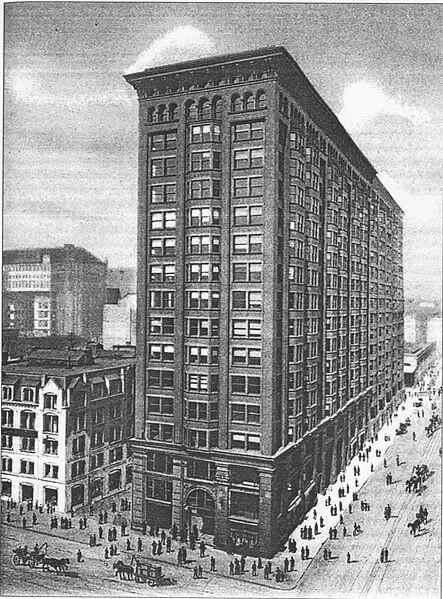
Monadnock Building
Though they have been removed from many office buildings in the last several years, it is estimated that approximately 360 mail chutes remain in use in Chicago skyscrapers nd high rise buildings. You can view two of these that are still in use on L Stop Tours’ Blue Line Tour— at the Monadnock Building and at the Fine Arts Building.
Learn more about Chicago in the L Stop Blog
Holder of two journalism degrees, including a masters from Northwestern University, Tom Schaffner is a native of the Chicago area and has spent nearly 50 years as a writer, editor, publisher and professional communications consultant. He was also the founder, editor, and publisher of the Chicago File, a newsletter for former Chicagoans. Tom is also the co-owner of L Stop Tours.
POPULAR TRIPS
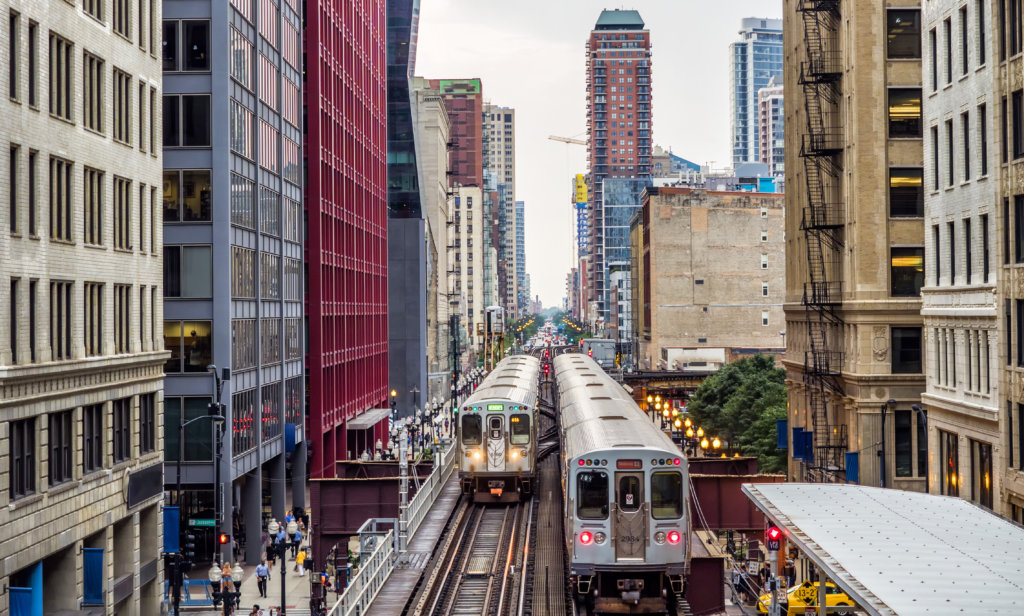
Duration: 3.5 hours
Price: Adult $65
- Tour price includes transit fees. Food/beverages purchased by guests.
- Tour begins and ends in the Loop.
- Walking distance: 1.5 miles
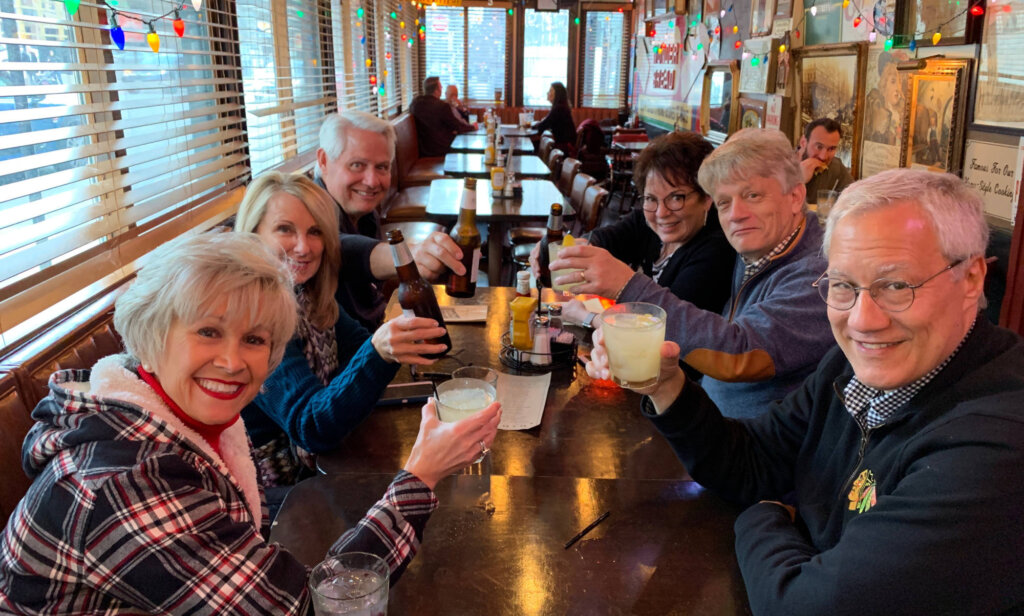
Duration: 3.5 hours
Price: Adult $65
- Price includes transit fees. Food/beverages purchased by guests.
- Tour begins and ends in the Loop.
- Walking distance: 1.1 miles
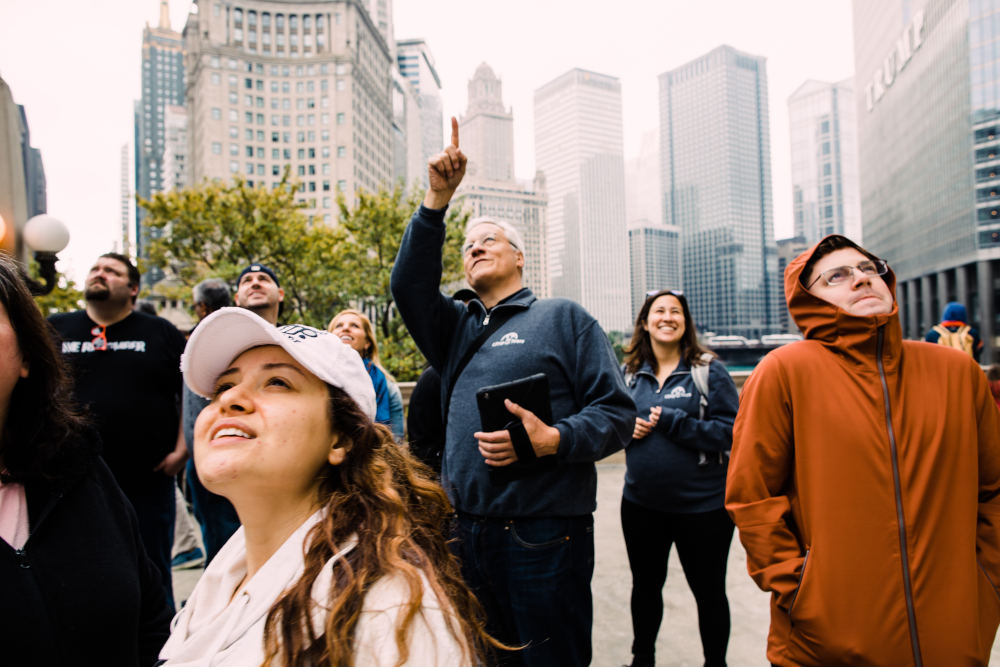
Duration: 3 hours
Price: Adult $65
- Tour price includes professional tour guide, train ride. Food/beverages purchased by guests.
- Tour begins and ends in the Loop.
- Walking distance: 1.5 miles
NEWSLETTER
Stay in the LOOP and subscribe to our monthly newsletter today!
